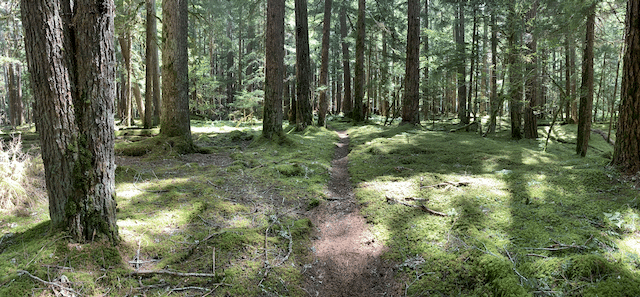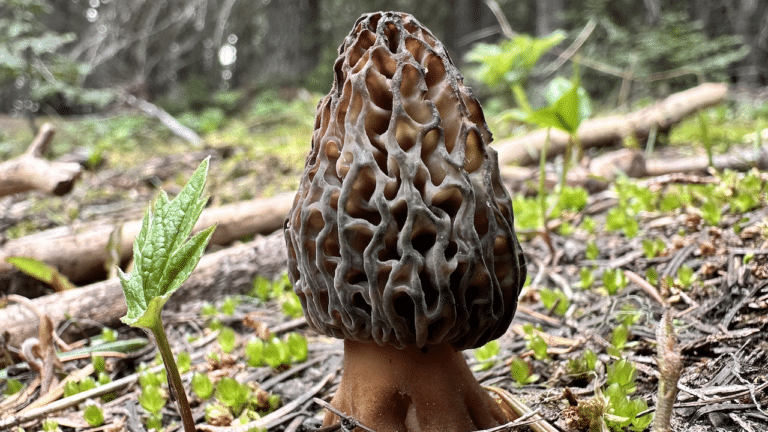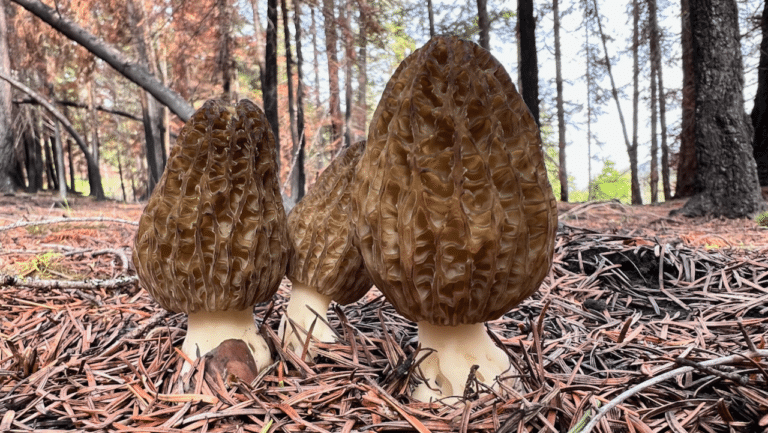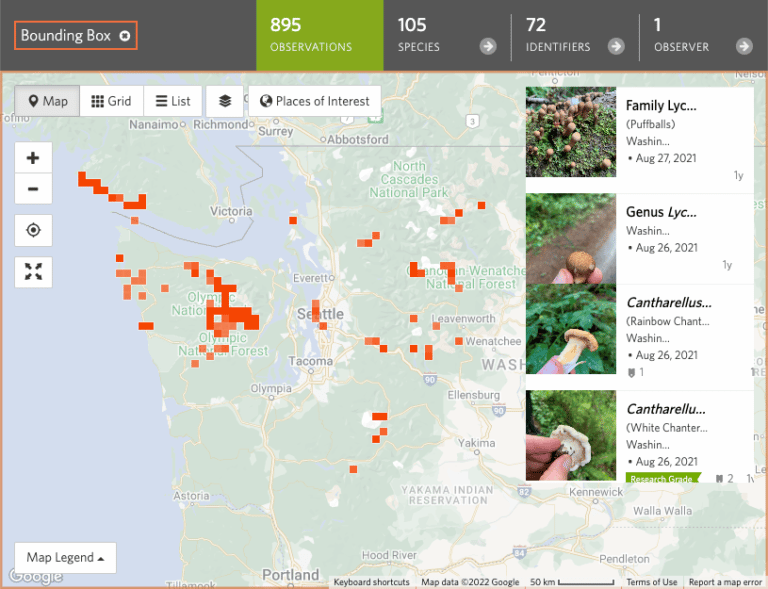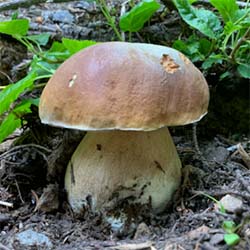Mushroom Picking and Wilderness Areas
The Purpose and Role of Wilderness Areas
Wilderness areas, managed by the National Forest Service, are essential for protecting natural landscapes and ecosystems. Created under the Wilderness Act of 1964, these regions are designed to remain free from significant human interference, allowing nature to thrive.
Why Wilderness Areas Matter
1. Preserving Natural Environments
These areas are kept undeveloped, providing habitats for diverse wildlife and maintaining the integrity of ecosystems.
2. Opportunities for Quiet Recreation
Activities like hiking, camping, and wildlife observation are allowed, offering a chance to connect with nature in a tranquil setting.
3. Support for Scientific Research
Wilderness areas act as natural laboratories for studying ecosystems, climate, and other ecological phenomena.
4. Cultural and Historical Importance
Many wilderness regions safeguard sites of historical and cultural significance.
5. Protecting Biodiversity
By limiting human impact, these areas preserve rare and endangered species of plants and animals.
6. Ensuring Clean Water
Wilderness regions often include vital watersheds that provide clean water for ecosystems and communities downstream.
Rules for Wilderness Protection
To ensure these areas remain undisturbed, strict guidelines are in place:
• No Development: Structures, motorized vehicles, and other activities that might alter the natural environment are not allowed.
• Let Nature Be: Natural events like wildfires and floods are left to take their course to maintain ecological balance.
• Respect Nature: Visitors are encouraged to follow Leave No Trace principles to minimize their impact.
Mushroom Picking in Wilderness Areas
Foragers should be aware of specific regulations regarding mushroom collection:
1. Prohibited Zones
Mushroom picking is not allowed in legislated wilderness areas, research natural areas, experimental forests, and other designated zones. *Individual wilderness areas may have different rules.
2. Permits and Guidelines
In areas outside these restricted zones, recreational mushroom harvesting may be permitted, often without a fee. Always check with the local National Forest office or search online for “forest product permits” to learn more.
3. Sustainable Practices
If mushroom harvesting is allowed, gather only what you need and avoid overharvesting to protect the ecosystem.
Benefits for Mushroom Enthusiasts
Although mushroom picking is restricted in wilderness areas, these spaces provide significant indirect benefits:
• Undisturbed Habitats: Forests with minimal human activity support a rich variety of fungi and other organisms.
• Conservation of Biodiversity: Wilderness areas act as reserves for fungi and other life forms, contributing to overall forest health.
• Opportunities for Study: These regions offer valuable insights into how forests and fungi thrive without human interference.
Wilderness areas are vital for maintaining natural ecosystems and protecting biodiversity. While restrictions may limit direct mushroom picking, these regions are critical to supporting the health and balance of forests, ensuring they continue to flourish for future generations.

